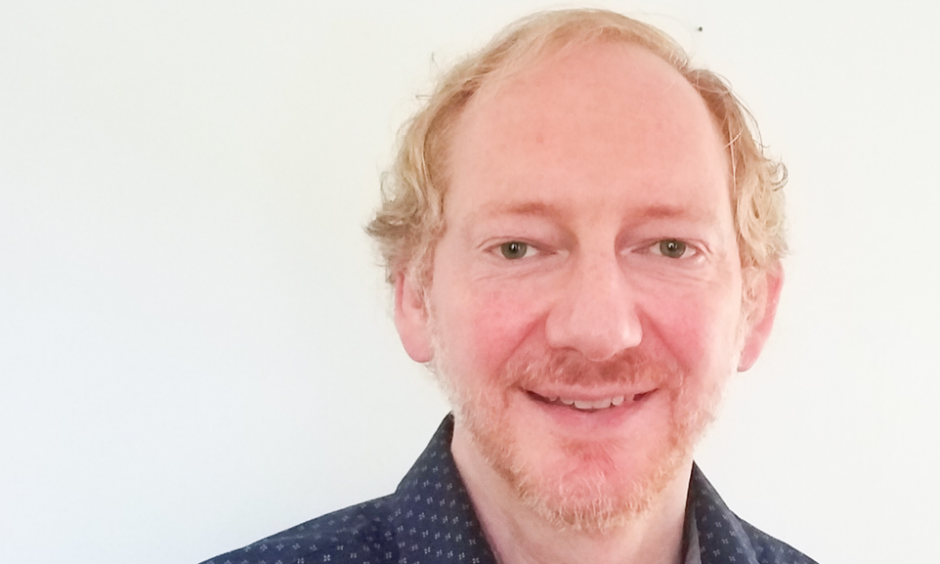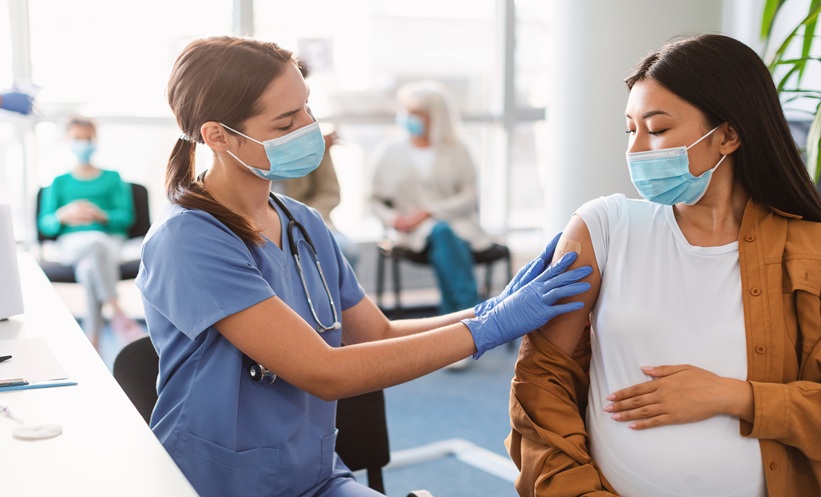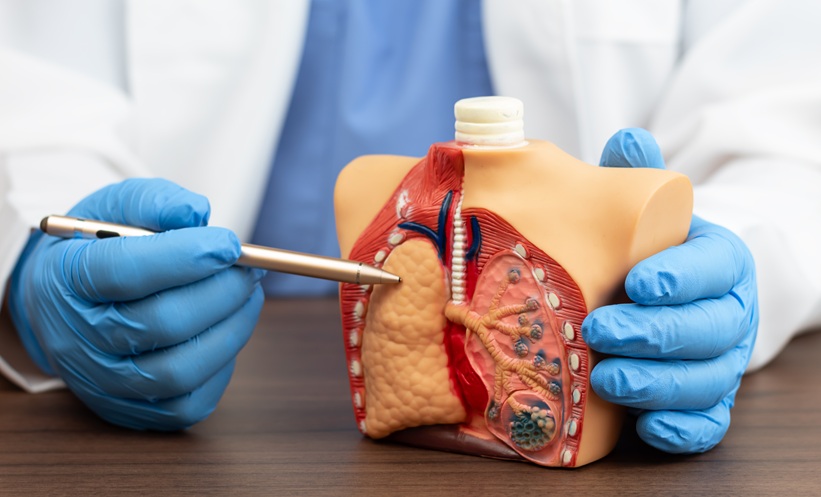![]()
Interviewed by James Coker | Reporter, EMG-Health
![]()
During this year’s European Society of Respiratory (ERS) International Congress, we spoke to Prof Geoffrey Maksym, Director, Professor, School of Biomedical Engineering, Department of Physics and Atmospheric Science, about his field of biomedical engineering in respiratory medicine, the future growth of imaging techniques, and some of his personal highlights from this year’s event.
What inspired you to become a biomedical engineer and to specialise in the field of respiratory disease?
When I first entered university, I wasn’t sure about if I wanted to do science or engineering, and so started engineering physics which was a bit of both. But I knew I wanted to do different things than build bridges. I had heard about biomedical engineering and thought I’d get a project that involved health research, loved it, and found out that yes, biomedical engineering actually existed and I decided to pursue it.
Is biomedical engineering a small area of expertise in respiratory medicine?
Absolutely, there’s very few respiratory biomedical engineers in the world. In Canada there’s only a handful in academia with some in industry. These are researchers or development engineers who do respiratory research or technology development – so it’s a very rare discipline to be in compared to cardiovascular technology or something like that. Even in Europe, the number of biomedical engineers in research who are attending a conference such as the ERS is probably less than 20.
Is this a specialism you foresee growing in the future?
There’s a big need for innovation in respiratory research, like in all medical fields. But technology such as the imaging techniques we have now are so much better than they used to be. The lung used to be a dark zone which nobody was able to image properly, CT was all we had. Now we have inhaled gas or particle techniques in MRI and advances and new applications are occurring all the time, where we can image where ventilation is working and where it’s not: it’s just astounding.
In fact, one of your current projects is analysing subjects using imaging techniques to assess ventilation such as MRI in asthma and in patients receiving a lung transplant. Can you talk us through the scope of this research how it can contribute to the quality of life of asthma patients and also help lung transplant patients?
This is something I’ve only recently been getting into. I’m mainly a modelling person, which means I use computational modelling on measurements I’ve made or others have made to predict disease and understand how lung function has changed to cause the symptoms that patients experience. And with the imaging abilities of MRI, you can get a much better handle on what is actually happening when the airways are narrow or blocked. And the data are so much better for people like me who need to develop models to predict how hard it is to breathe for example, so I’ve worked with colleagues who provide the images and now I’m starting to collect the images at our health centre; I think increasingly there’s going to be respirologists sending their patients to get their lungs imaged because they can learn so much from doing that.
Another major focus of your work is developing novel medical devices for lung research. What can we expect from these devices in the future?
There’s been such a change in this field. We used to just have measuring devices such as spirometers and body plethysmographs, which haven’t really changed in what they do over decades, but now in order to understand what’s happening in the small airways, a number of new technologies have come about, including newer multi-breath wash out devices, exhaled nitric oxide, and imaging as I mentioned before. But another device I work with is called oscillometry, which measures how hard it is for air to get in and out of the lungs; how difficult it is for patients to breathe. You can ask an adult patient about their symptoms and they might give an accurate answer and do a good spirometry manoeuvre, but you can’t ask a young child about their symptoms and they also can’t really do spirometry. So, this technique is something that’s very easy to do and it’s quick to get an answer as to how hard it is mechanically to move air in and out of the lungs, and typically that’s the number one problem with most respiratory diseases. There are many reasons why breathing can be difficult, and measuring it’s difficulty is very important.
What are some of the most common issues you have faced in your research and how have you overcome them? What advice would you give to an aspiring biomedical engineering respiratory scientist?
The niche of respiratory biomedical engineering is small but the opportunities to innovate in this space, particularly modifying new imaging techniques or reducing the size of devices, or developing biosensing technologies using modern engineering skills, are huge. So, I encourage young people who are interested in becoming an engineer, and who want to help people in health, to become biomedical engineers. Lung disease is so important: chronic obstructive pulmonary disease (COPD) is predicted to become the third leading cause of death worldwide and asthma affects almost 10% of the population in most developed countries. Respiratory disease is a huge burden, and we need to measure these patients objectively so we can improve their health and hopefully decrease the cost of healthcare. Therefore, I think one of the barriers is young students don’t know that there is a great opportunity, but there is, especially in respiratory health.
Do you think that’s something that could be communicated better at an educational level for engineering students?
I think that’s a huge gap we need to better fill. Some areas of the world are doing a really good job of that. For example, in the USA where biomedical technology is developed at a rapid rate, they have a huge medical device industry. There has been a shift in hiring there. It used to be that companies looked to hire electrical, mechanical, or chemical engineers for medical technology, and they needed to learn about the patient’s needs and understand the disease processes they want to address without much training. But that’s changed in the last 5–10 years; there’s now so many biomedical engineering graduates, and companies are looking to hire them. Thus, I think that how successful companies approach developing technology is going to be more patient focussed than it has been in the past because their recruits are getting better training in that aspect. But in other countries, like in Europe and Canada where I’m from, they can do so much better, and I’m seeing that growth in biomedical engineering happening in these places now, which is great to see. There’s so many bright young students coming through who want to go into biomedical engineering and develop medical technology. That’s such a positive thing that needs to be better advertised both in high school for new students seeking options, and in engineering schools seeking to expand and build or grow biomedical engineering.
How important do you feel collaboration amongst different scientific fields is in regard to the future of respiratory diseases and are you currently involved in any interdisciplinary research yourself?
It’s so important because now with technology being at the centre of a lot of research, at least in my area, biomedical engineers need access to patients and clinicians need access to good graduate biomedical engineers and across many areas of medical science. The healthcare systems, the clinicians, and the respirologists need to work with the engineers and together they can work to better understand and measure respiratory disease and develop therapies. The research is happening everywhere in the world; you need to collaborate to be effective and I am involved with researchers at Western University in London Ontario who are doing MRI. They’re one of the main centres in the world for hyperpolarized gas imaging of ventilation and they’ve sprung collaborations with other centres to bring that technology to other centres. I also collaborate with scientists at Sick Kids in Toronto to measure lung function in very young children, and at different ages in a longitudinal study called CHILD looking at the genetic and environmental factors that contribute to allergy and asthma. We’re measuring lung function using oscillometry at the ages of 3, 5, 9 and that’ll keep going. There’s so much data, so much to do with that, and it’s very exciting.
Were there any sessions you particularly enjoyed at this year’s ERS congress?
I attended a couple of imaging sessions and was very impressed with the advances that are being made using MRI to understand the role of the heart and the lung, comparing CT to hyperpolarized gas imaging in measuring of COPD. The other thing is that the ERS is not just about the posters and the oral symposiums, but also the skills workshops, which seem to be very popular amongst those that enrol: they get hands-on experience with new techniques and technologies. The session that I chaired on oscillometry was very well attended. It was the first time the ERS has ever held an oscillometry skills training session, and I think that the attendees felt that they learned quite a bit hearing about the technology from the experts and then actually being able to try it, and I think that makes for a really good experience at a conference like this.
Are there any areas that you believe could receive more attention at major respiratory events such as the ERS Congress in the coming years?
I think there’s some very exciting things happening in tissue engineering and regenerative medicine. If you have a problem with your skin, we know that they’re able to build a replacement skin but the lung is much more challenging. Recently, however, there’s been such progress in lung transplantation and there’s exciting work that was presented at the ERS showing progress in making 3D airways seeding different cell types on the extracellular matrix. I think the future is replacing a broken trachea or even engineering a new lung or transforming a lung from an animal such as a pig to be a replacement. Finding ways to help patients whose lungs are failing, but who are otherwise healthy, is a major health problem. If you have COPD or suffer from idiopathic pulmonary fibrosis (IPF) and your lungs frankly have no more life in them, the best solution right now is to get a lung transplant and there aren’t enough lung transplants available. So if we can engineer a lung out of the recipients tissue, by growing it, culturing it, that would make a huge difference. That’s far in the future, I have to admit. Right now, lung transplantation deserves more attention because we need to solve organ rejection; 50% of patients who receive a lung transplant get a progressive disease called bronchiolitis obliterans syndrome within 5 years, which is a fatal disease. But as we do more and more successful lung transplants, I think more attention also is needed on how we can better monitor those patients and extend the time before they need another lung transplant. We really need to do better for these patients.








